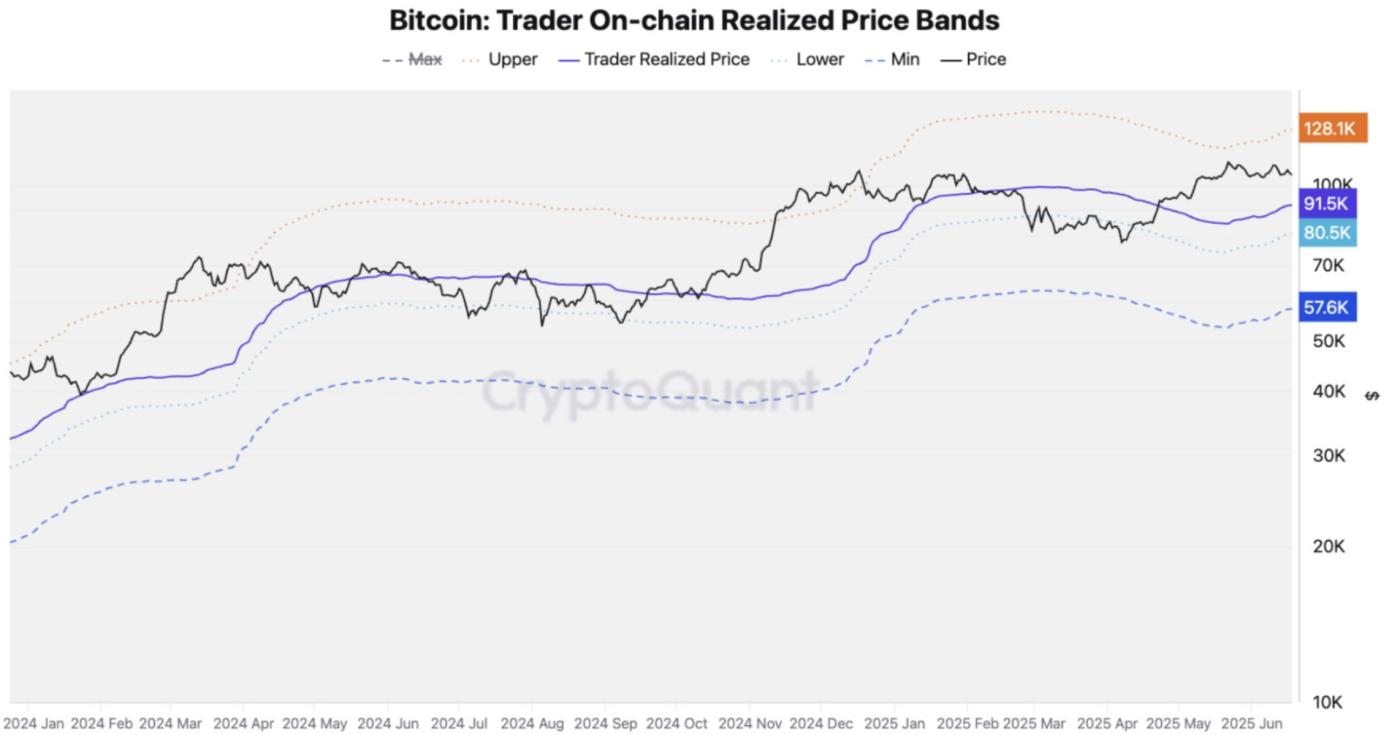Author: 1912212.eth, Foresight News
On the evening of June 22, Khosari, a member of the Iranian Parliament's National Security Committee, stated that the parliament has concluded that the Hormuz Strait should be closed, but the final decision lies with Iran's Supreme National Security Council. As soon as the news was released, BTC dropped from $102,810 to below $100,000, reaching as low as $98,200, and has since recovered to around $100,800. ETH once fell to $2,111, marking a fourth consecutive daily decline. SOL dropped to $126, with a 24-hour decline of 3.45%, and other Altcoins also experienced widespread declines.
According to contract data from Coinglass, the network's total liquidations in 24 hours reached $658 million, with long positions liquidated at $526 million. The largest single liquidation occurred on HTX - BTC-USDT, valued at $35.45 million.
The market suddenly changed, with BTC briefly breaking below $100,000. Will Iran ultimately close the Hormuz Strait?

The Hormuz Strait, located between Oman and Iran, connects the Gulf of Oman in the east and the Persian Gulf in the west. It is the only maritime passage for oil exports from the Gulf region, with approximately one-third of global maritime oil trade passing through it. Iran controls numerous highlands, caves, and key islands on the western side of the Hormuz Strait, such as Hormuz Island, Fars Island, and Lark Island. If ordered to be blocked, it could immediately establish a "layered fire blockade network".
Historically, Iran has threatened to block the Hormuz Strait multiple times but never truly implemented it. For example, during the Iran-Iraq War in the 20th century, Iran threatened to block the strait but ultimately did not fully execute it. In recent years, after the US withdrew from the Iran nuclear agreement and reimposed sanctions, Iran has also issued similar threats multiple times.
Iran's economy heavily depends on energy exports through the Hormuz Strait. Closing the strait would severely damage Iran's economy, making life more difficult for its citizens and potentially accelerating the regime's legitimacy crisis. Additionally, blocking the strait would seriously worsen Iran's foreign relations, further isolating it in the international community.
Dr. Liu Qiang, Vice President and Academic Committee Director of the Shanghai Intertropical International Strategic Research Center, stated, "If Iran is rational, it will most likely not decide to block the strait. The disadvantages outweigh the advantages for Iran. Currently, the international community is sympathetic to Iran. If implemented, it would only provoke opposition from various countries and reverse the international public opinion favorable to Iran."
US Vice President Vance said, "Iran's attempt to block the Hormuz Strait would have a suicidal effect on their economy. In his view, Iran is unlikely to make such a decision."
Trump posted on his social platform Truth on June 23 at dawn, "Using the term 'regime change' is politically inappropriate, but if the current Iranian regime cannot make Iran great again, why can't a regime change happen? MIGA"

The market is waiting with bated breath to see what choice Iran will make.
The crypto community is in mourning. Is the crypto bull market still ongoing? Is it a good time to buy the dips?
Trader Eugene Ng Ah Sio wrote in his personal channel late last night, "I've opened long positions quite aggressively, including Bitcoin and some Altcoins. I believe that the US bombing earlier today, combined with the potential closure of the Hormuz Strait, is a consecutive blow to early bulls, which is enough to wash out the market. Now is the time to 'buy the dips'. If the market directly gaps down to $95,000, then it's 'goodnight', but this is the bulls' last battle, and I'm in position."
Julio Moreno, Research Director at CryptoQuant, stated that Bitcoin demand is showing signs of cooling after a period of accelerated growth, with prices approaching $112,000. Spot demand is still growing but at a slower pace, currently below the historical trend. Whales and ETF Bitcoin purchases have halved. New investor demand is also declining. In the futures market, investors have recently chosen to take profits and are starting to establish new short positions.

If demand continues to weaken, Bitcoin may find support around $92,000, which corresponds to traders' on-chain actual cost basis and is typical support during a bull market. If this support fails, the next support level could be at $81,000, near the lower end of traders' on-chain actual cost basis.
On-chain data analyst Murphy tweeted that although ETH price has retraced nearly 20% from its high, he does not believe this is the best place to buy the dips. Because the profitable supply percentage is currently at 55%, meaning that even at this price, 55% of circulating tokens are in a profitable state. Historically, only when a majority of circulating tokens are in a loss state would it be a more cost-effective time to buy the dips.
Mike Novogratz, founder of Galaxy Digital, tweeted that the next 72 hours are crucial, but if Iran does not have a real counterattack, the market will surge significantly by the weekend.







